-

Forge Visit: Making Habaki for an Antique Sword
The Shibata family returned to the island this spring with some antiques freshly sourced from Japan. The boys spent a day in the forge assisting the preparation of the forge and charcoal, watching the forging of a habaki for an antique sword, and even helping run the fuigo bellows and striking for certain tasks. Careful…
-
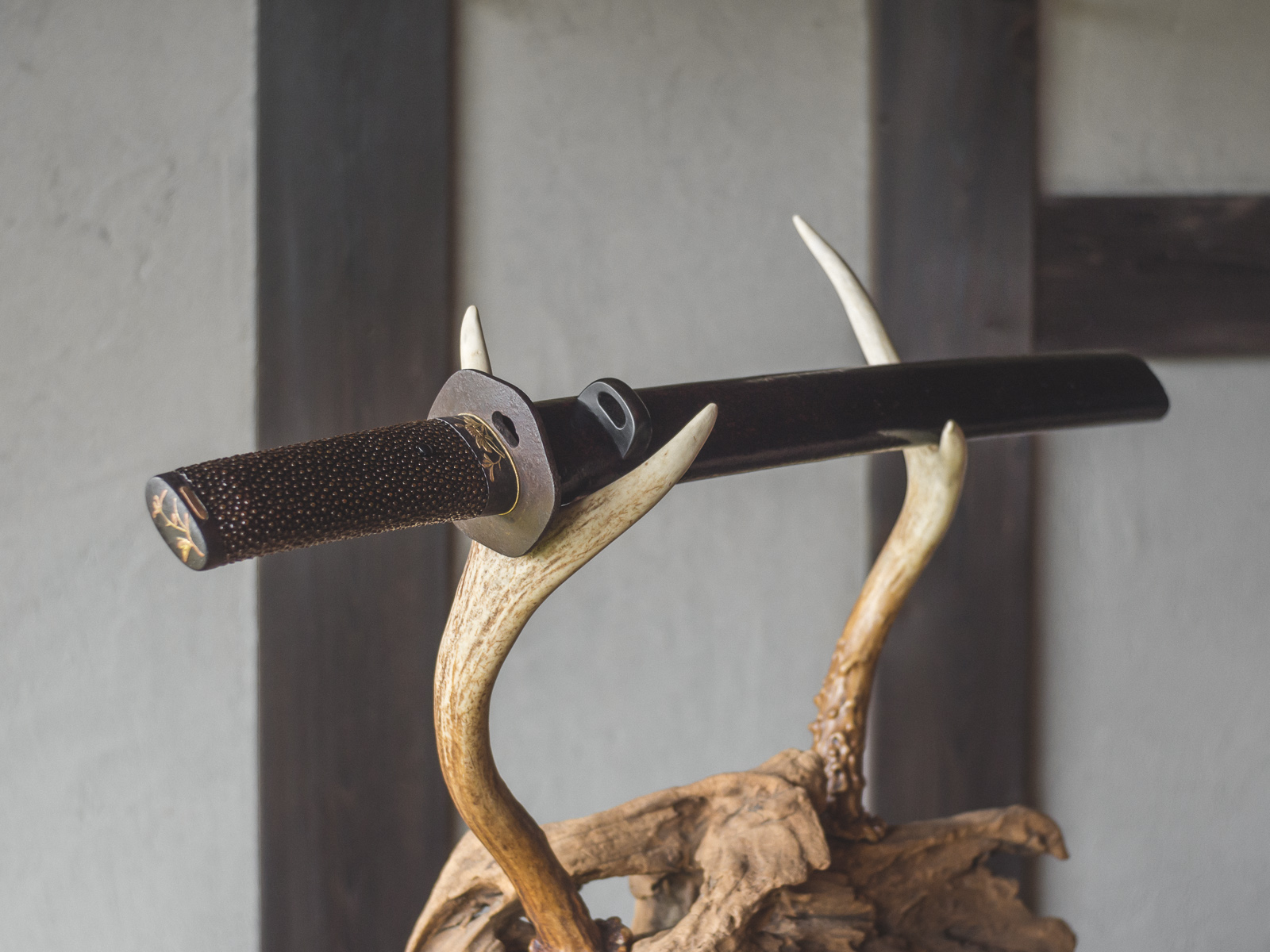
NikkeiTV Interview
Vancouver-based Japanese NikkeiTV stopped in at the museum forge on their central Vancouver Island tour. Thank you to Kaeko~san and Tag~san for your visit and interest in traditional swordsmithing! Original airing date was June 5, 2022. See more photos of the finished knives here. Watch more forge visits and interviews here.
-
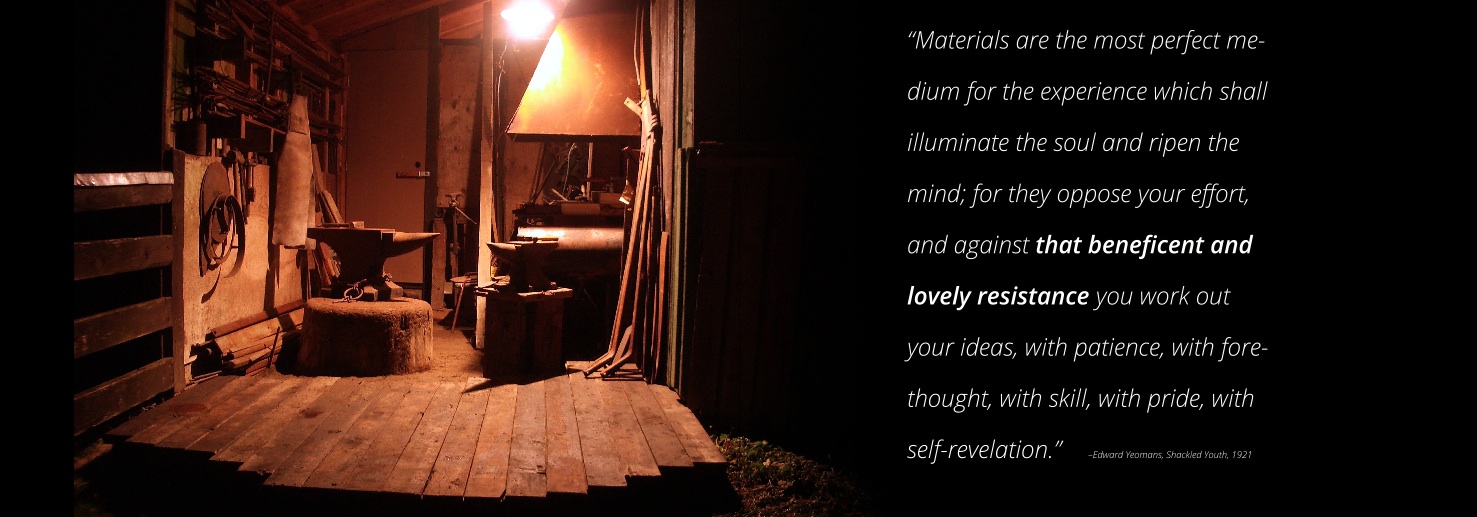
Film: The Blacksmith – Tools for Satoyama
The forging of this blade was documented both in photography and video by Jordan Wende. The wakishinobe stage of lengthening and preparing the sunobe were done on the last day of forging at the island kajiba, and the hizukuri was finished and yaki-ire performed at the museum forge. See the photo essay of the wakashinobe…
-

TLDW #26 – Traditional Yaki-Ire, Hardening a Tanto
https://rumble.com/v2fcl1b-tldw-26-traditional-yaki-ire-hardening-a-tanto.html During the hardening process the clay layer causes a split second difference in cooling time which creates two different hardness areas in the same piece of steel. The edge cools faster and forms a very hard steel structure called martensite while the body cools slower and forms a very tough steel structure made of…
-

First Lighting of the Forge & Antique Habaki Utsushi (写)
First lighting of the newly rebuilt charcoal forge in the island kajiba followed by stamping the tang and then hand forging and filing a classical tanto style habaki, silver soldered in the charcoal forge and closely based on an antique Edo period habaki. An utsushi (写) is a closely based study of another work for…
-

SOTW #21 – First Lighting of the Forge
First lighting of the newly rebuilt charcoal forge in the island kajiba. The first operation was to heat a tanto tang for stamping. Because it had already undergone yaki-ire, the blade had to be kept cool during heating to protect the temper. watch extended version | island forge kajiba project
-

SOTW #20 – Assembling the Furusato Tanto
This discarded block of wood from the Congo/Zaire sat for several years waiting for the right blade to make the best use of it. This precious dark chocolate coloured hardwood is locally called Tshikalakala or Dikela, meaning turn around or circle back, and this particular piece has a slightly curving grain that follows the line…
-
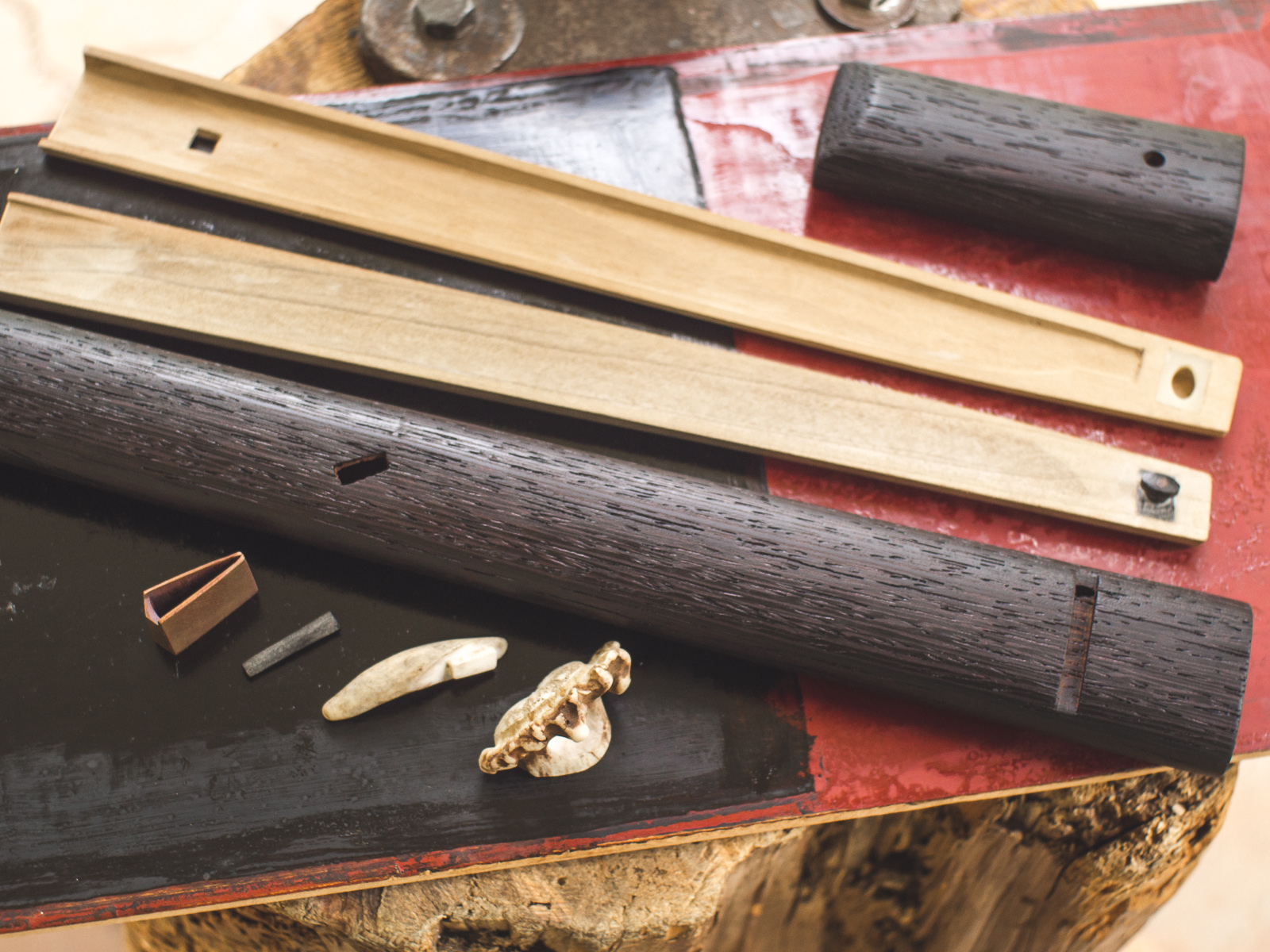
TLDW #24 – Making an Ireko (nesting) Saya
An ireko saya (入れ子鞘, nesting scabbard) is a lining inside the saya which protects the blade from the hardwood. Furusato (故郷) means home place or hometown and contains the ideas of being rooted or grounded wherever one may sojourn, and a confidence and longing for return. This tanto has a simple and elegant form with…
-

Building Simple Charcoal Forges
Building two examples of quick and simple sideblast charcoal forges with found and reclaimed materials to demonstrate that lack of equipment and materials should not be a major obstacle. Ways to improve and expand on these concepts include: mixing copious amounts of chopped straw or charcoal powder (6:2) into the clay to make it refractory,…
-

Glass Top Fuigo – Inside View of Box Bellows
A look at the inside operation of a prototype fuigo (鞴) box bellows…four wooden flap valves (called ben / は弁), two for intake and two for the manifold, control the direction and location of the airflow on each stroke of the piston to provide double action to the single output into the fire. more about…
-
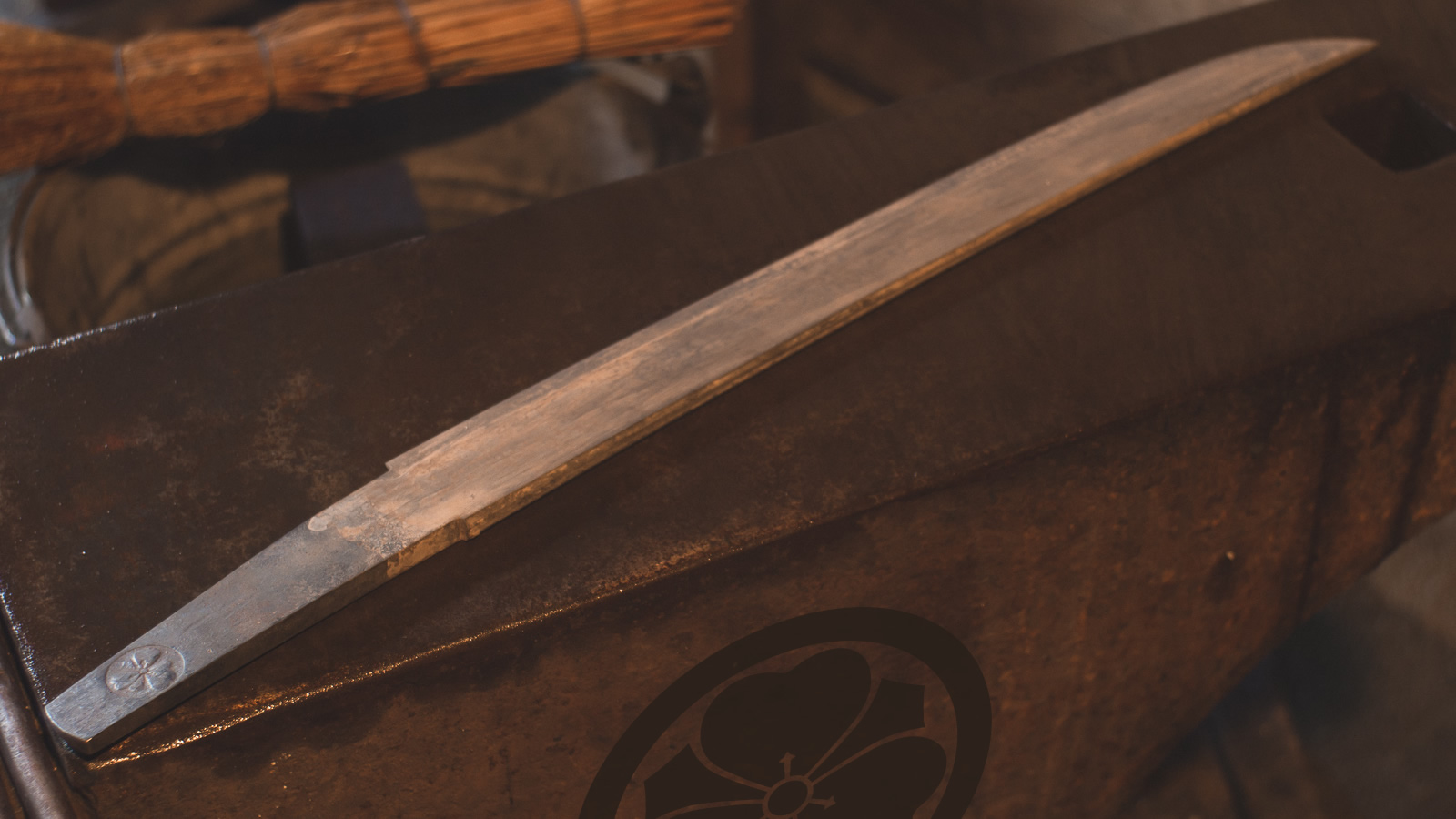
Differential Hardening Sunnobi Tanto
Sunnobi tanto are larger than ordinary tanto (nagasa above 1 shaku) and may have sori similar to ko-wakizashi. Read more about the process of yaki-ire. 1. Using approximately a 1:1:1 mixture of natural clay, polishing stone powder and ground charcoal to mask the back of a hand forged blade about 1-1.5mm thick to slow down…
-

Process – Making habaki with simple tools
Making a habaki from reclaimed copper. Material is scrap copper from an electrical bus bar, forged and bent to shape, silver brazed with hard silver solder in the charcoal forge with fuigo, finish work done with files and rasps. Watch the shorter overview edit here.
-

Futokorogatana Kaiken Tanto
Futokorogatana (懐刀) is translated as “clothing fold sword” and describes a type of tanto mounting meant to be carried in the kimono sleeve or fold. Also known as kaiken, this humble style of hidden mounting is usually unadorned with a smooth profile and lacquer finish. More photos and information.
-
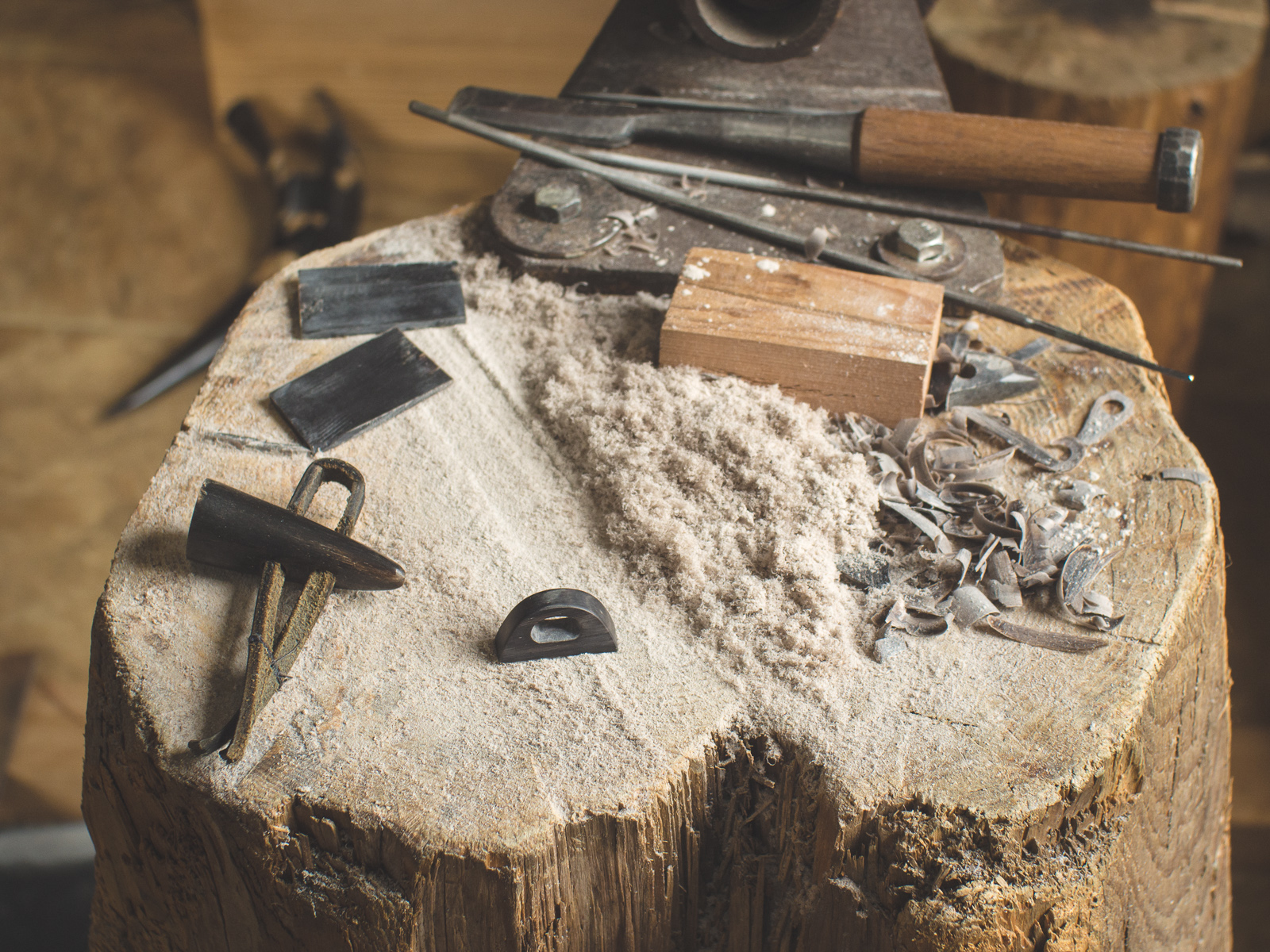
Process: Making the Fittings – Aikuchi Tanto Koshirae
The fuchi and koiguchi are from a reclaimed buffalo horn souvenir, the kurikata is from a reclaimed horn button, the wrapping is rawhide samegawa, the mekugi is copper and silver. All of the parts are first shaped and fit, then the samegawa is wet formed to the handle contours, dried, and then attached with sokui…
-
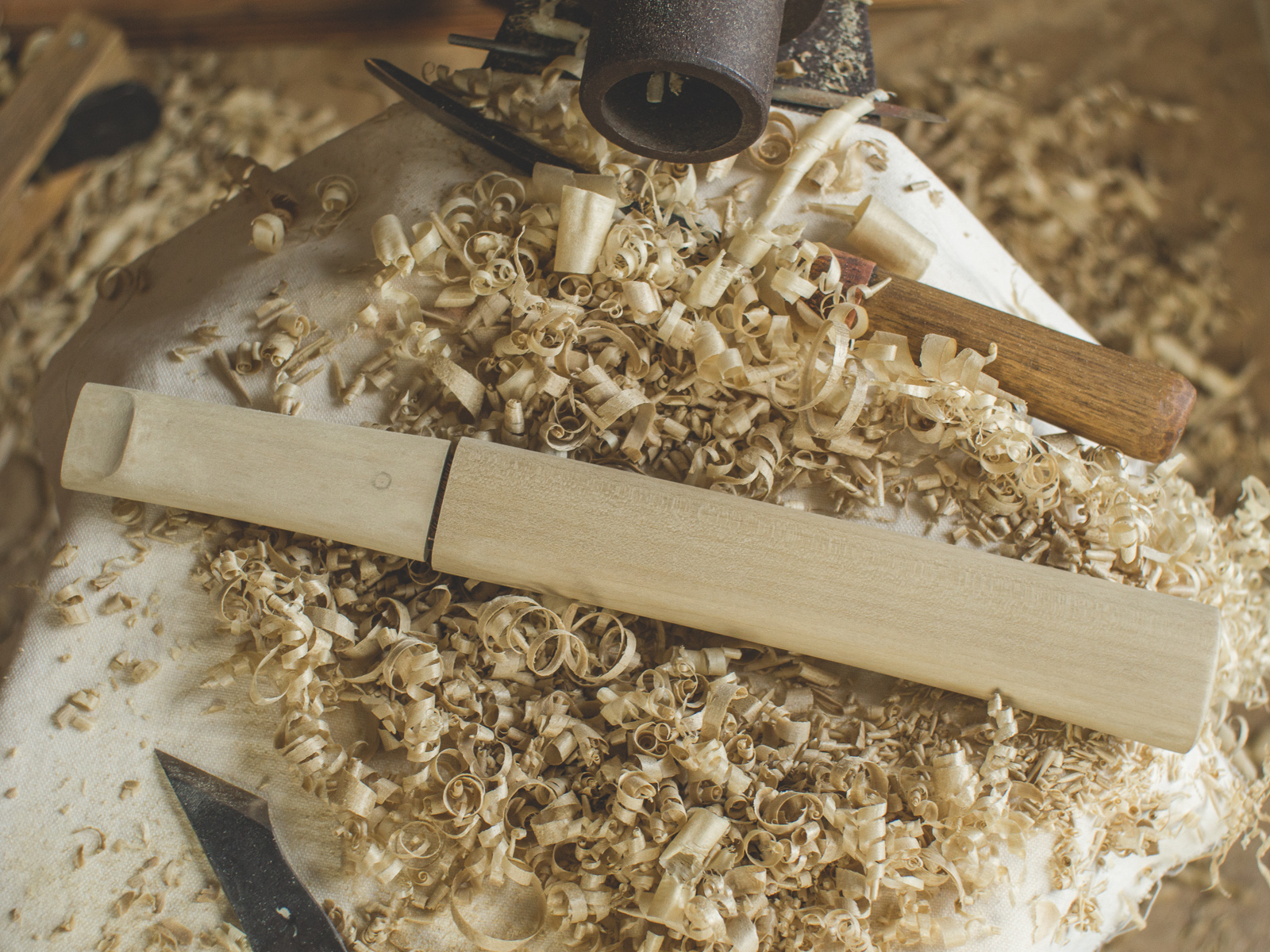
Process: Carving the Tsuka & Saya – Aikuchi Tanto Koshirae
In this video the tsuka is carved first, starting with the fuchi end and then the kashira area, carving the profile outlines and then removing the material in between before carving the final shape and sculpting the details. The saya is next, first dimensioning the blank is to approximate size and then profiling the koiguchi…
